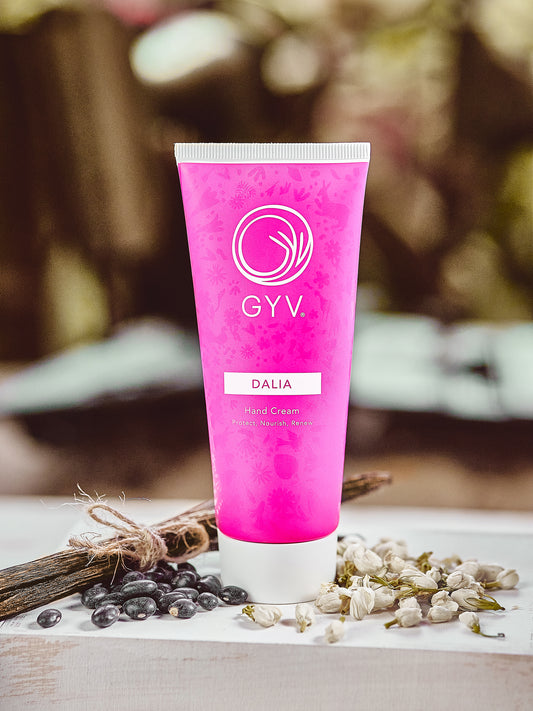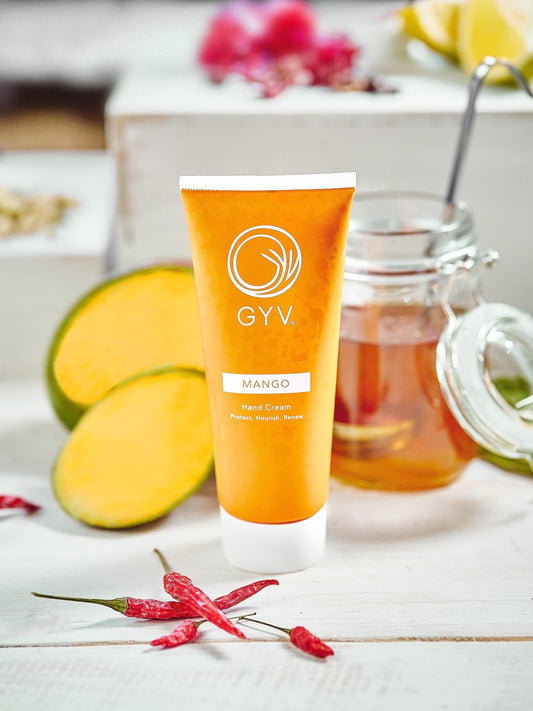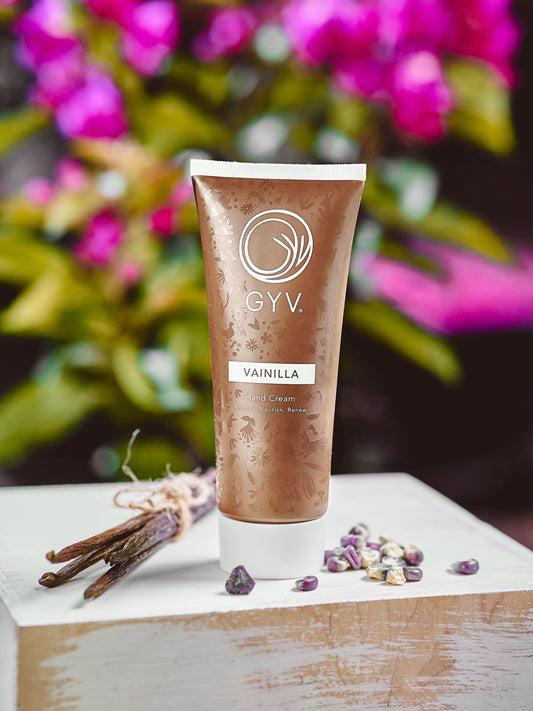El nopal (Opuntia ficus-indica) is an evergreen perennial, it is from the Cactaceae family. It’s place in Mesoamerica dates back tens of thousands of years when the fruit, pulp, seeds, and leaves were a component of all aspects of daily Mesoamerican life. When deciding what ingredients to use in our personal care line, el “nopal” was always on our mind.

El nopal can be used for a variety of purposes, in fact, the pre-conquest Mesoamericans used it for things like building materials, food, making glue, firewood, strengthening mortar, stiffening cloth and for religious rituals. For the Aztecs, then a nomadic tribe, el nopal represented a destination as they wandered throughout northern Mesoamerica in search of a divine sign to indicate the precise spot upon which they were to build their capital. Their god, Huitzilopochtli, had commanded them to find an eagle devouring a snake, perched atop a nopal. Today, the nopal is depicted in the Mexican coat of arms proudly displaying the beautiful fruit that blooms from this prickly plant.
With all of that rich history, GYV Mesoamerican Beauty had to find a way to use it in our product line. The fruit (Tuna, prickly pear seed, barbary fig fruit) is sweet and gelatinous with very hard tiny seeds; similar to watermelon in flavor. The seed oil contains phytosterols, linoleic acid, and Vitamin E, which helps with moisturizing, nourishment and protection of the skin health. It has a high content of tocopherol (molecules with strong antioxidant and free radical scavenging properties) than any other oil available in the beauty care market plus essential fatty acids (Linoleic Acid and Omega 6). It is a very expensive oil to obtain as it requires eight tons of tunas to make one liter of oil, but the results are worth it.
This Mesoamerican beauty has quietly conquered the world as a secret ingredient in beauty and personal care formulas. At GYV, we proudly promote el nopal and all of the wonderful reasons we had to include this ingredient in our hand cream.





